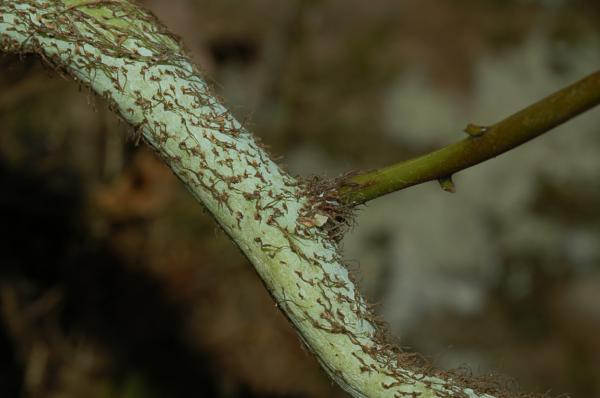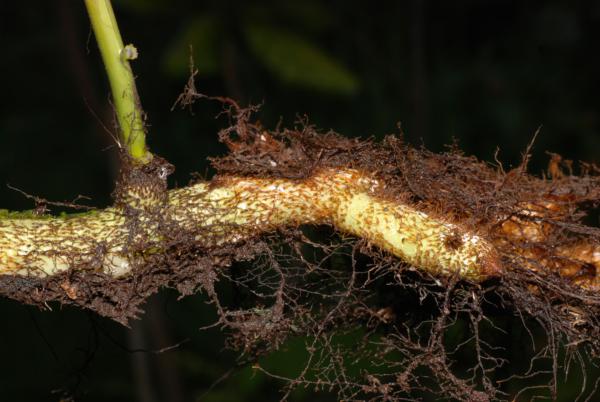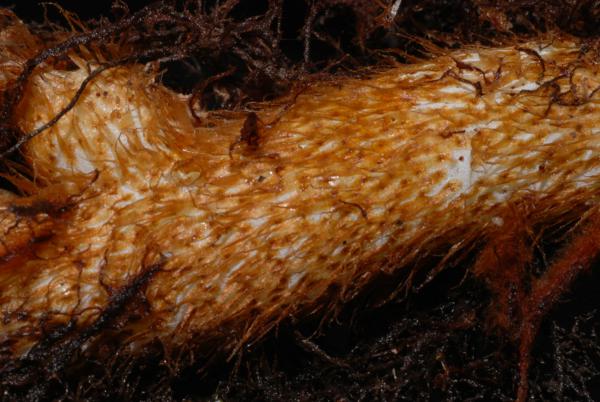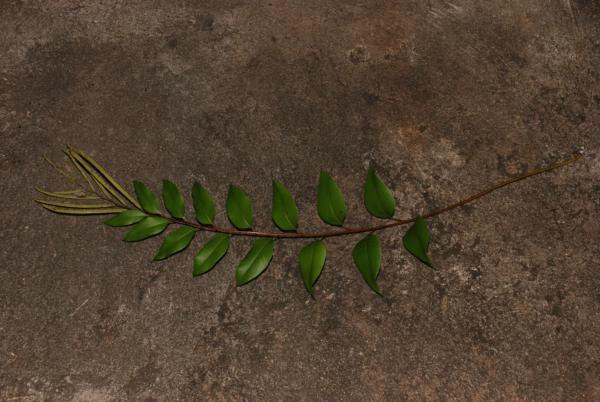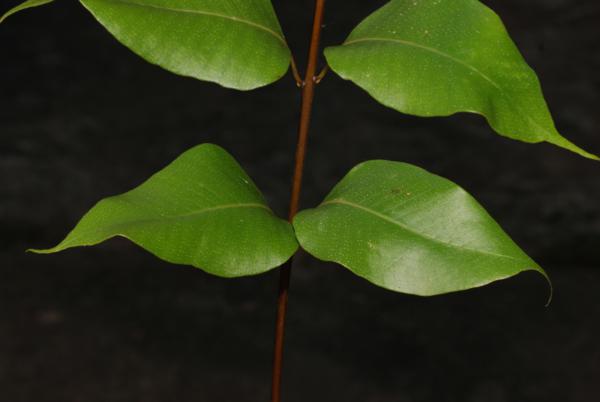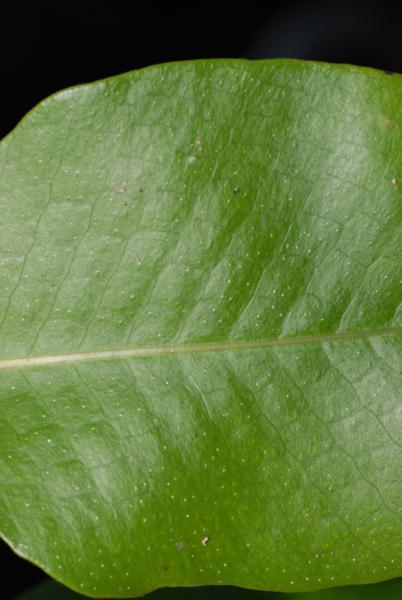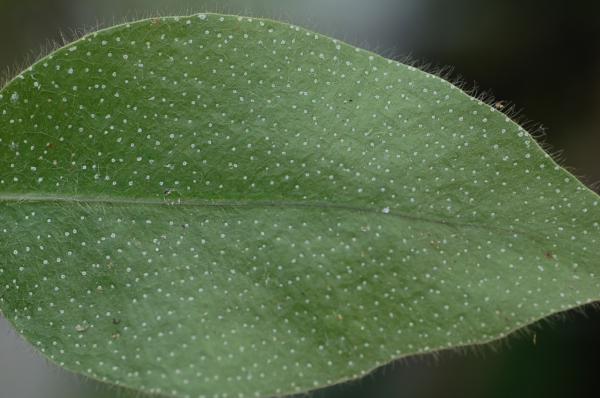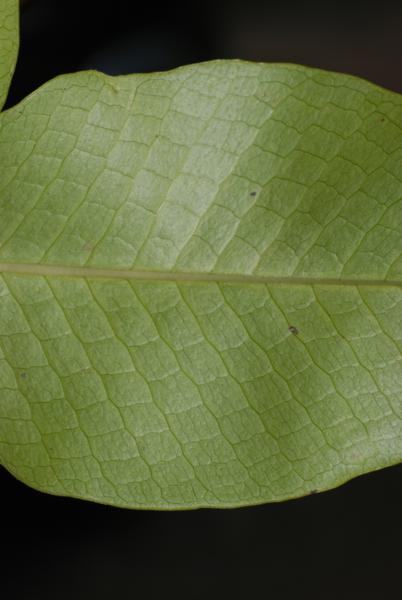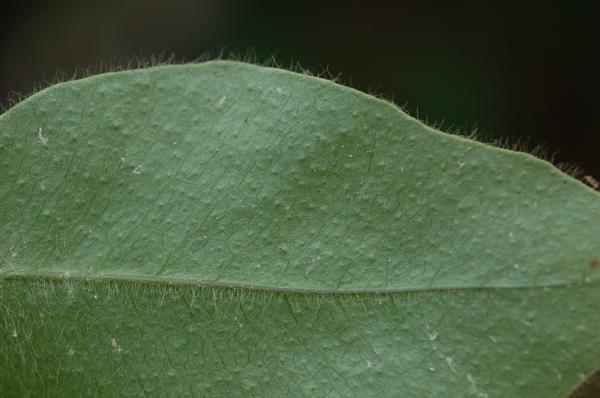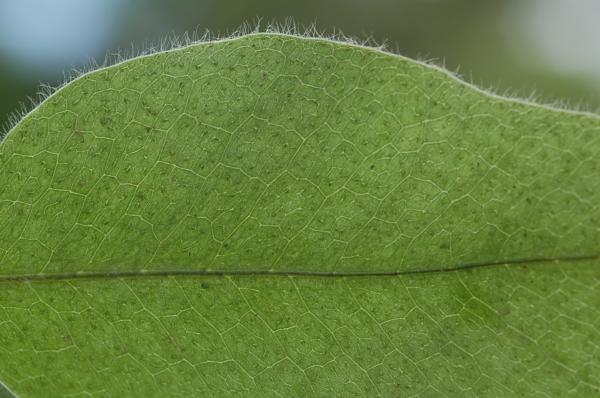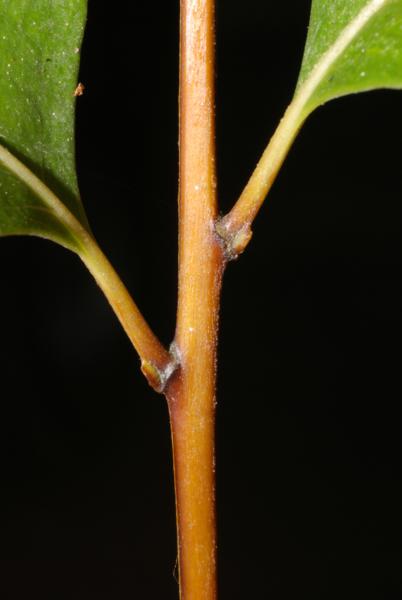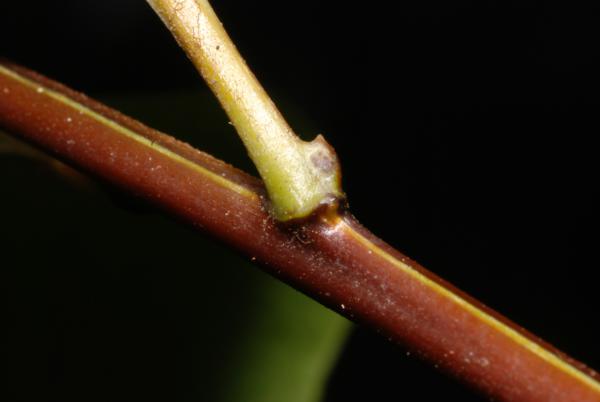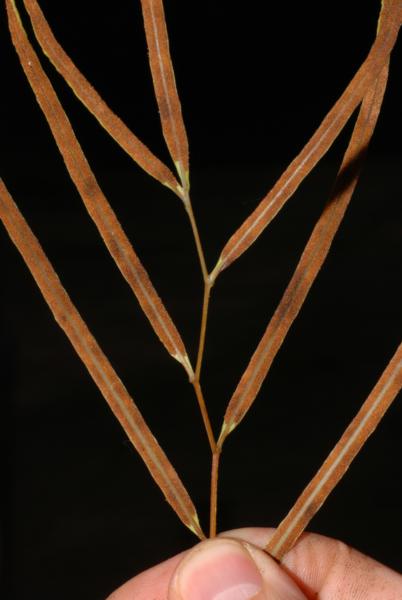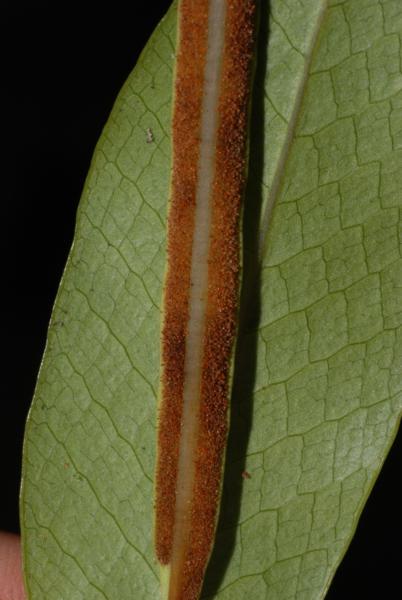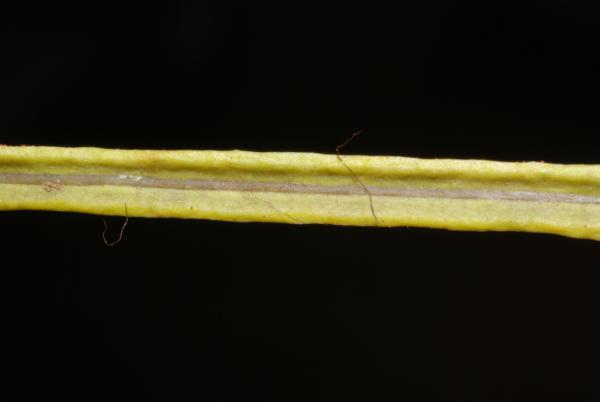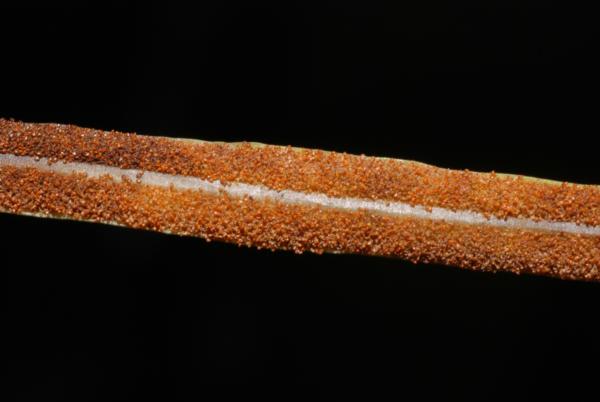
Aglaomorpha acuminata (Willd.) Hovenkamp
Family
Polypodiaceae
Nomenclature
Aglaomorpha acuminata (Willd.) Hovenkamp, Fl. Males., Ser. II, Ferns and Fern Allies 3: 13. 1998; Newman et al., Checkl. Vasc. Pl. Lao PDR: 29. 2007. – Acrostichum acuminatum Willd., Sp. Pl. 5 116. 1810, non Poir. 1810. – Photinopteris acuminata (Willd.) C.V.Morton, Contr. U.S. Natl. Herb. 38: 31. 1967; Tagawa & K.Iwats., Fl. Thailand 3: 552, f. 55.6 & 55.7. 1989. – Type: Herb. Willdenow 19539 (B, photograph (by R.M.Tryon) US), Philippines (wrongly labelled "Peru").
Lomaria speciosa Blume, Enum. Pl. Javae.: 202. 1828. – Photinopteris speciosa (Blume) C.Presl, Epimel. Bot.: 264. 1851 [‘1849’]; Tardieu & C.Chr., Fl. Indo-Chine 7(2): 502, f. 59.3 & 59.4. 1941; Holttum, Rev. Fl. Malaya ed. 1, 2:, 187, f. 93. 1955 [‘1954’]; Tagawa & K.Iwats., SouthE. Asian Stud. 5: 58. 1967; Boonkerd & Pollawatn, Pterid. Thailand: 256, 281. 2000. – Aglaomorpha speciosa (Blume) M.C.Roos, Blumea 31(1): 153. 1985; Newman et al., Checkl. Vasc. Pl. Lao PDR: 29. 2007.
Acrostichum rigidum Wall. ex Hook., in Hook. & Baker, Syn. Fil.: 424. 1868. – Photinopteris rigida (Wall. ex Hook.) Bedd., Ferns Brit. India: t. 211. 1867; Handb. Ferns Brit. India: 442, f. 269. 1883.
Description
Epiphytic or lithophytic. Rhizome long creeping, 7–10 mm diam., black or often glaucous or white on surface, densely scaly in young parts; scales linear, gradually narrowing from base to apex, about 8 by 1 mm, brown with dark base, toothed at margin. Stipes very short, up to 5 cm long, though a basal few pairs of pinnae lacking or extremely reduced, thus reaching to 10–20(–35) cm long below usual pinnae, stramineous or faintly purple. Laminae pinnate, 30–80(–90) by 15–30 cm; partially dimorphic; sterile pinnae in lower portion of fronds, 7–10 pairs, 5–8 cm apart from the next ones, distinctly stalked, articulated to rachis, oblong to oblong-ovate, acuminate at apex, equally cuneate at base, entire, 7–15(–30) by 3.5–8(–10) cm, the lower two or three pairs reduced, the upper ones gradually becoming smaller; veins more or less raised on both surfaces, venation drynarioid; coriaceous, green, paler below, glabrous or sparsely hairy; fertile pinnae in upper part of fronds, a few to several pairs, linear, up to 15 by less than 0.5 cm, stalked or nearly sessile. Sporangia covering the whole under surface of the fertile pinnae except on costa and on narrow marginal strands.
Distribution in Thailand
SOUTH-EASTERN: Prachin Buri, Trat; PENINSULAR: Surat Thani, Nakhon Si Thammarat, Satun.
Distribution in Laos
Champasak.
Distribution in Cambodia
Kampot.
Wider Distribution
Indochina and W Malesia (Peninsular Malaysia, Sumatra to the Philippines).
Ecology
On muddy, trunks of fallen trees or on living tree trunks in dense evergreen forests, rather rare at low to medium altitudes in the Peninsula.
Proposed IUCN Conservation Assessment
Least Concern (LC). This species is common and widespread in other parts of its range.
Voucher specimens - Cambodia
Viboth R32-1 (P).
Rhizome
Rhizome
Scales
Whole frond
Sterile pinnae
Sterile pinna, upper surface
Sterile pinna, upper surface
Sterile pinna, lower surface
Sterile pinna, lower surface
Venation
Rachis and pinnae stalks
Pinna stalk.
Fertile pinnae
Sterile and fertile pinnae.
Fertile pinna, upper surface
Sori
Site hosted by the Royal Botanic Garden Edinburgh. Content managed by Stuart Lindsay, Gardens by the Bay, Singapore and David Middleton, Singapore Botanic Gardens. Last updated 24 January 2012
